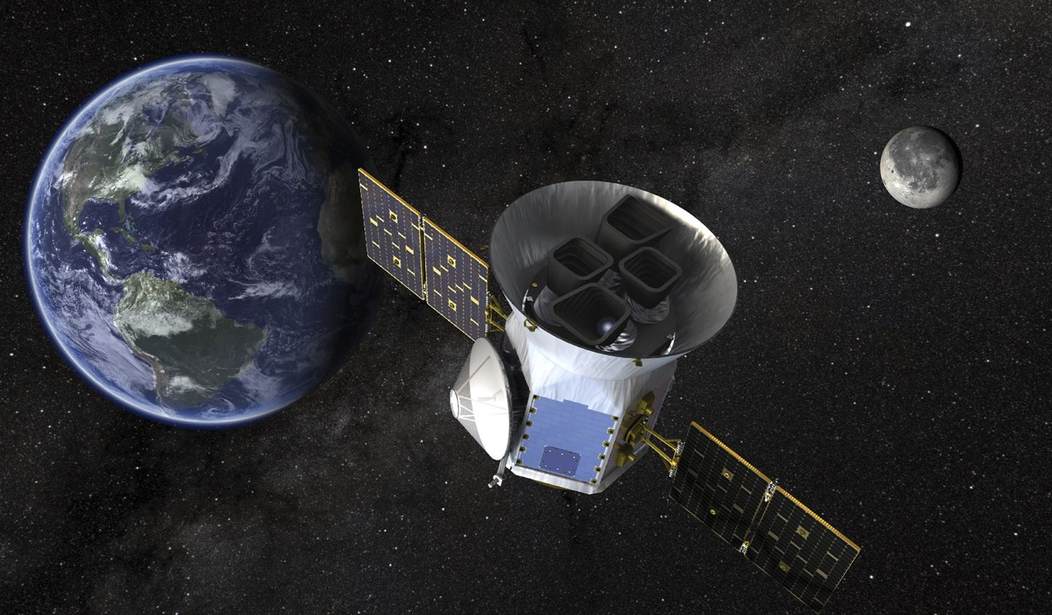While much of Thursday’s space-related focus was on the launch of the SpaceX Starship (and its subsequent “rapid unscheduled disassembly“), skywatchers were left wondering about what happened to a 660-pound, decommissioned NASA satellite that was predicted to crash back to Earth Wednesday.
Here’s the back story:
The 660-pound Reuven Ramaty High Energy Solar Spectroscopic Imager — or RHESSI — has been in space for over 20 years. It was deployed to observe solar flares and clouds of plasma expelled from the sun, and it remained in orbit after it was decommissioned in 2018.
And a bit more background on the satellite:
NASA’s RHESSI satellite studied the Sun from Earth’s orbit for almost two decades — it was launched in 2002 and was decommissioned in 2018 — before finally reentering our atmosphere this week.
RHESSI was launched to orbit by a Pegasus XL rocket and it was designed to study solar eruptions and coronal mass ejections (CMEs). To do so, it used a spectrometer that detected high-energy X-rays and gamma rays before they could be blocked by our atmosphere.
Over its lifetime, the satellite observed more than 100,000 X-ray flashes and it also helped astronomers to gain a better understanding of the Sun’s shape.
Headlines on Wednesday warned of its impending “crash,” but the stories also noted that this wasn’t cause for panic — the chances of being harmed by its return were only about 1 in 2,500.
NASA explained in a blog post that the dead satellite will have mostly burned up while reentering Earth’s atmosphere. It has so far not disclosed the reentry location, though it has stated that the risk of anyone being hurt is low. “The risk of harm coming to anyone on Earth is low — approximately 1 in 2,467,” the space agency wrote.
(That still seems unsettlingly high to me, but what are you going to do?)
When I checked Thursday morning, there was no indication of what ultimately happened to the satellite, although we were assured it was not the source of a bright flash over Ukraine Wednesday night.
NASA denied a huge flash of light above Ukraine was a satellite falling to earth and suggested it was a meteorite.
The light was seen over the capital of Kyiv at 10pm local time and immediately launched an air raid alert, Serhiy Popko, head of Kyiv city military administration, said. Popko added that ‘air defense was not in operation.’
Popko shared preliminary findings that showed ‘this phenomenon was the result of a Nasa space satellite falling to Earth,’ according to the BBC.
The military official may have assumed the light was the 600-pound craft – about the size of a shipping container – NASA warned would re-enter the atmosphere around 9.30pm ET after it was retired by the space agency in 2018 due to communication failure.
But NASA told the news outlet that the satellite was still in orbit.
Now, NASA has provided an update: Have no fear, RHESSI has returned to Earth and, conveniently, over the Sahara Desert:
NASA’s retired Reuven Ramaty High Energy Solar Spectroscopic Imager (RHESSI) spacecraft re-entered Earth’s atmosphere at 8:21 p.m. EDT on Wednesday, April 19, almost 21 years after its launch. From 2002 to its decommissioning in 2018, RHESSI observed solar flares from its low-Earth orbit, helping scientists understand the underlying physics of how such powerful bursts of energy are created.
The Department of Defense confirmed that the 660-pound spacecraft re-entered the atmosphere over the Sahara Desert region, at approximately 21.3 degrees north latitude and 26 degrees east longitude. NASA expected most of the spacecraft to burn up as it traveled through the atmosphere, but for some components to survive re-entry.
No word yet on whether those components took out any Saharan wildlife.















Join the conversation as a VIP Member